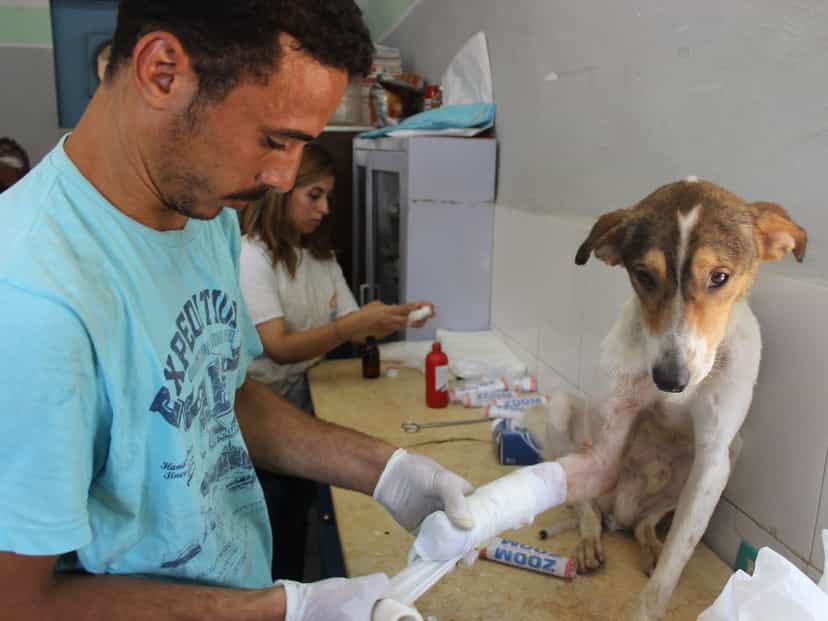
As with humans, dogs learn through experience. Experience can take different forms and this (along with genetics) explains why individual dogs within the same breed, age group, family environment or even the same litter show a variance of behaviours and ‘personalities’.

Dogs may learn through observation, also called social learning. What works for one animal will usually work for another, a considerable benefit for pack or herd animals. Practice is another aspect of canine learning. Practice makes perfect after all, and a dog can refine its skills over time. Dogs may learn by trial and error, and sometimes even by accident. These are the lengthiest and least successful of the canine learning processes.
The most common and productive learning process for dogs by far is associative learning, or conditioning. If a dog does X, then Y will happen. Think about the famous experiment of Pavlov’s dogs: The dogs involuntarily salivated when he presented them with food. He then rang a bell before presenting them with food (over a period of time) and discovered that the ringing bell caused the dogs to salivate, regardless of whether he then presented them with food or not. The dogs had learnt to associate the ringing bell with food. This is known as classical conditioning.

Operant, or instrumental conditioning is what we use in dog training, following Thorndike’s ‘Law of Effect’: Any behaviour that results in a pleasant outcome is likely to be repeated. The opposite is also true of course: A behaviour that results in an unpleasant outcome is likely not to be repeated. The key to this type of conditioning is that the behaviour is voluntary, the dog has a choice. Fortunately, modern dog training focuses on the ‘pleasant outcome’ scenario, using positive reinforcement rather than punishing the dog. Evidence shows this to be much more effective as a learning/training method as well as producing better human-dog relationships and happier dogs.


